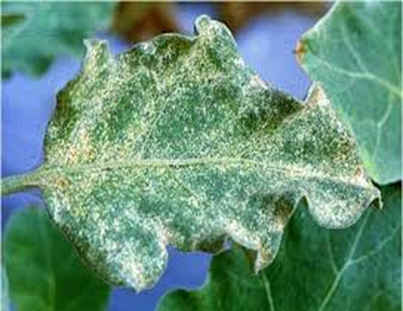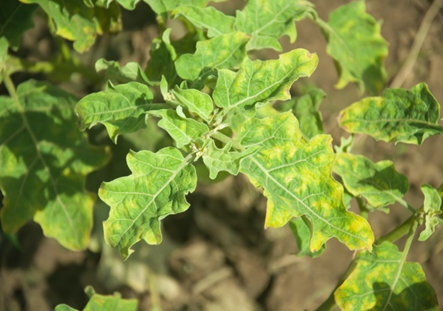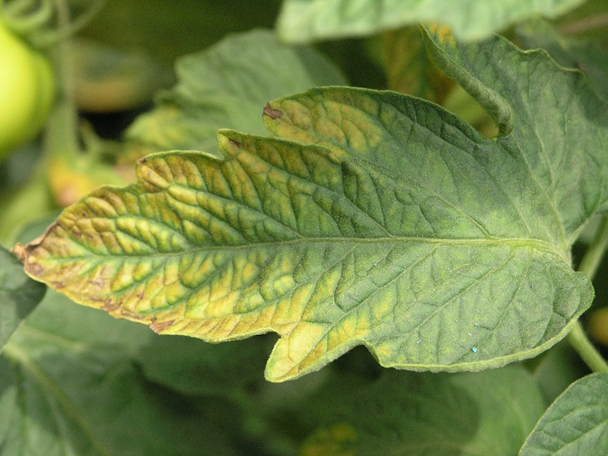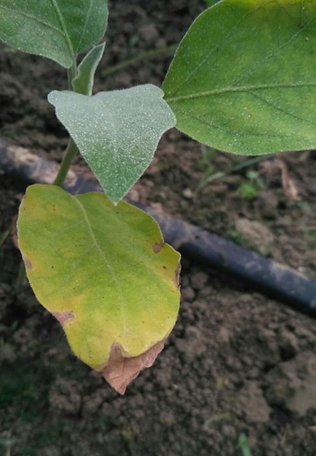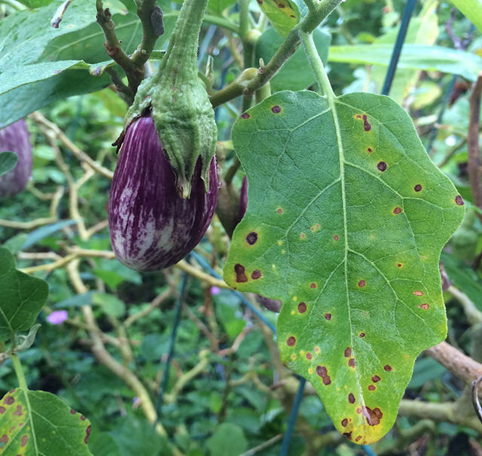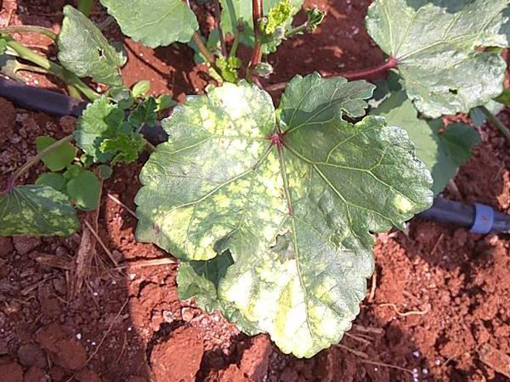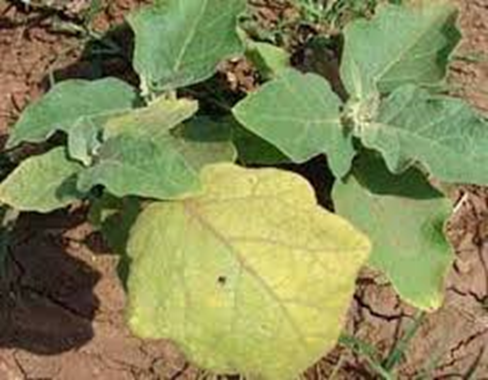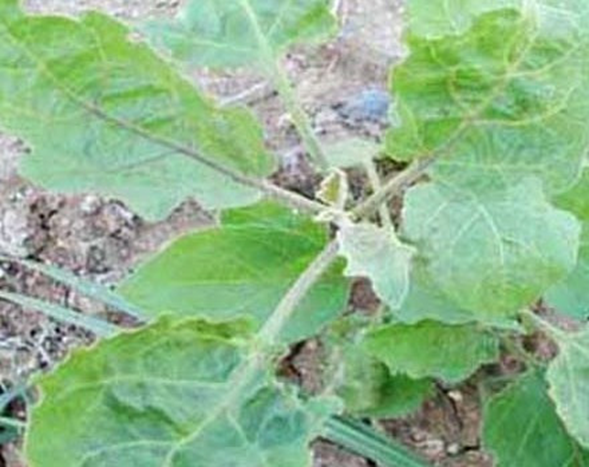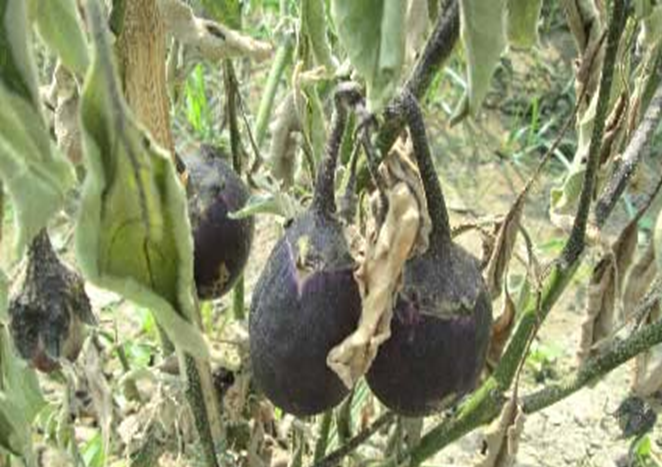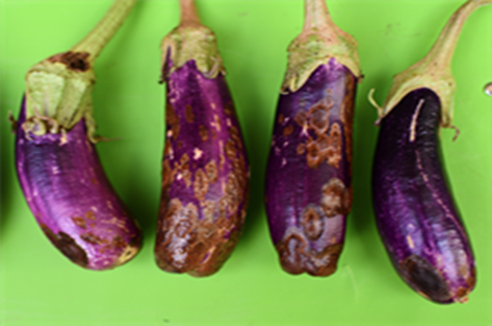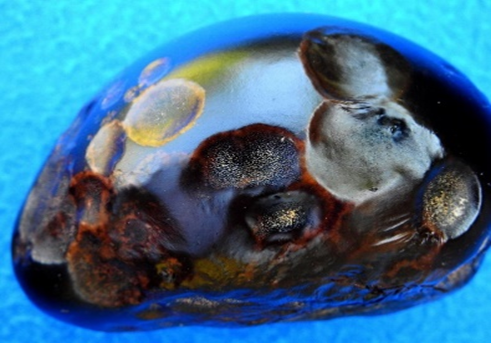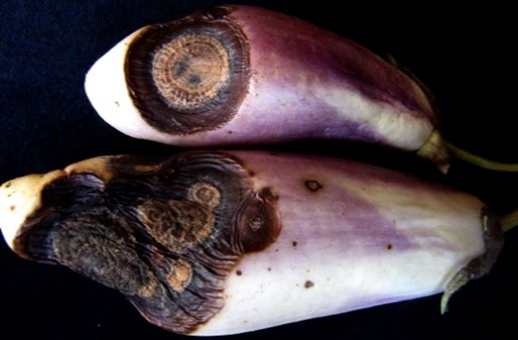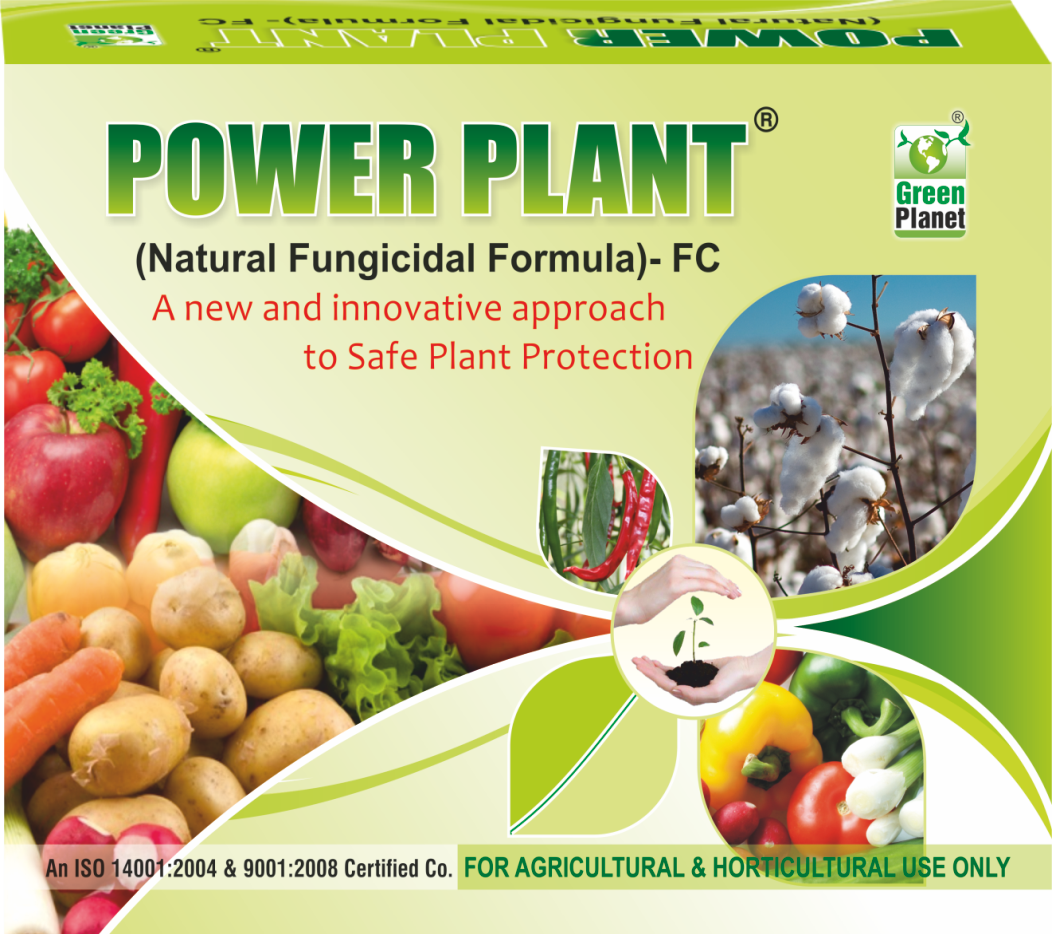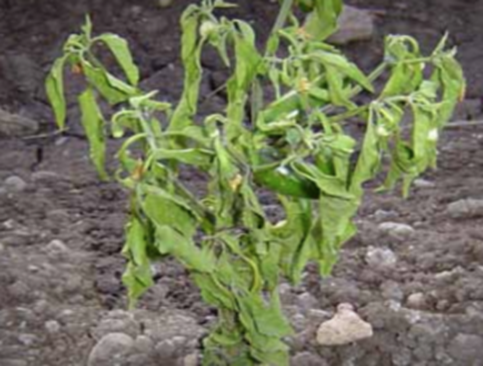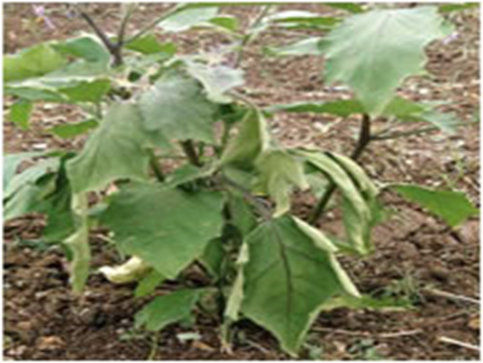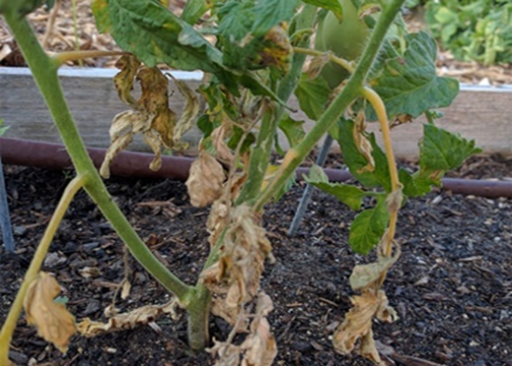INTRODUCTION

Brinjal Overview
- Brinjal is a member of the Solanaceae family with the scientific name Solanum melongena.
- It is planted in the months of June to July for the autumn crop and in November for the spring-summer crop in April.
- Its fruit is nutrient-dense and typically eaten as a vegetable.
- Traditional medicine uses the fruit and other components of the plant.
REQUIREMENTS
Brinjal Cultivation Requirements
- • Soil: All types of soil, varying from light sandy to heavy clay.
- • pH: 5.5 to 6.6.
- • Temperature: 13°C - 21°C.
- • Rainfall: Annual rainfall between 600-1000 mm.
- • Cultivation: The seedlings are ready in 4-5 weeks for transplanting when they reach a height of 12-15 cm with 3 to 4 leaves.
- • Susceptibility: Brinjal cannot tolerate frost weather.
IRRIGATION
Irrigation Guidelines
- Water the field according to the crop's requirements.
- Timely irrigation is critical for healthy growth, flowering, fruit set, and fruit development.
- Maintaining the right moisture level and soil fertility enhances yield.
- In plains, irrigation should be given every 3rd to 4th day in summer and every 7th to 12th day in winter.
- If there is no rain, irrigation should be provided before top dressing.
- During cold days, irrigate the brinjal field regularly to keep the soil moist.
For Irrigation
Irrigate your field using Power Plant Bhoomi Power, Premium, and Root Guard.
| Product | Dosage | Image |
|---|---|---|
| Bhoomi Power | 4 KG/ACRE |
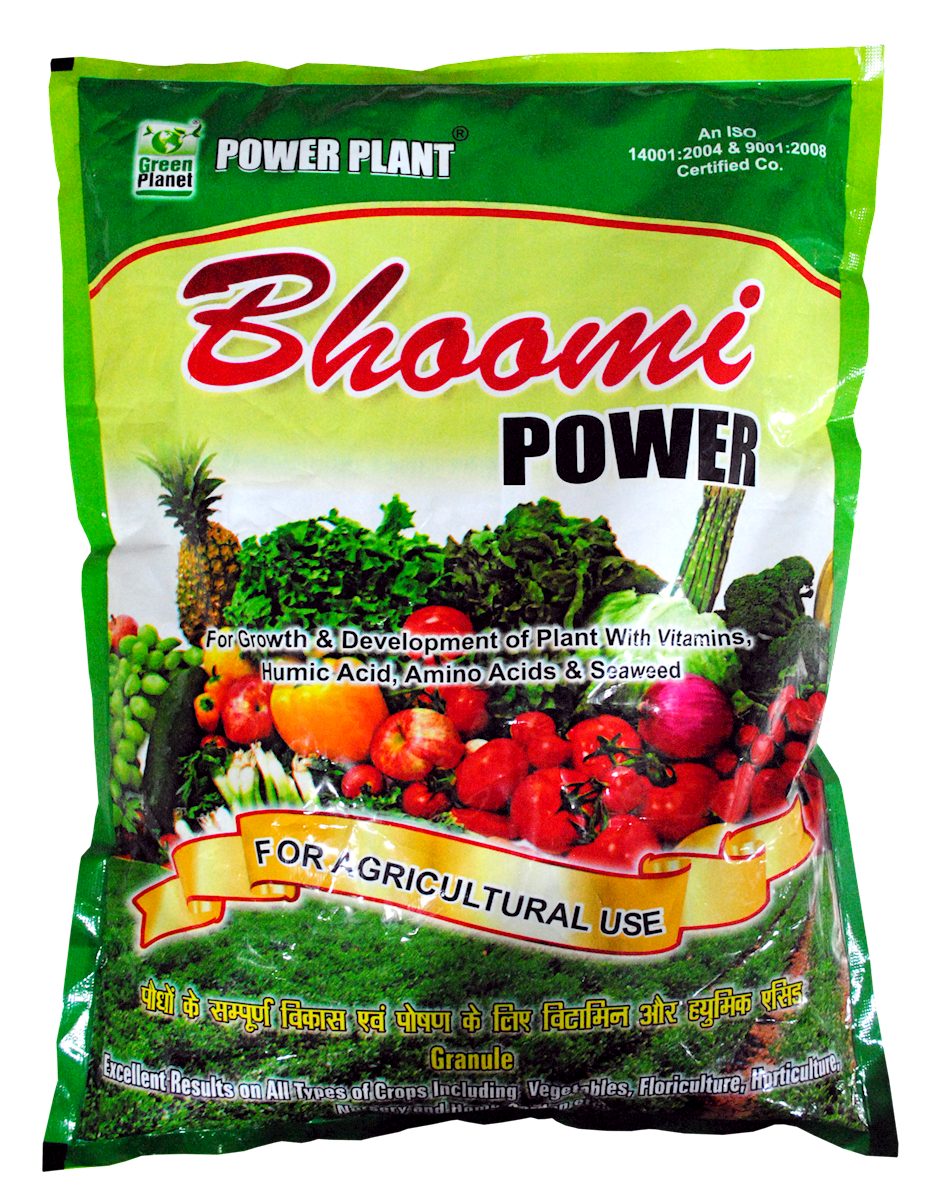
|
| Power Plant Premium | 1 LITRE/ ACRE |
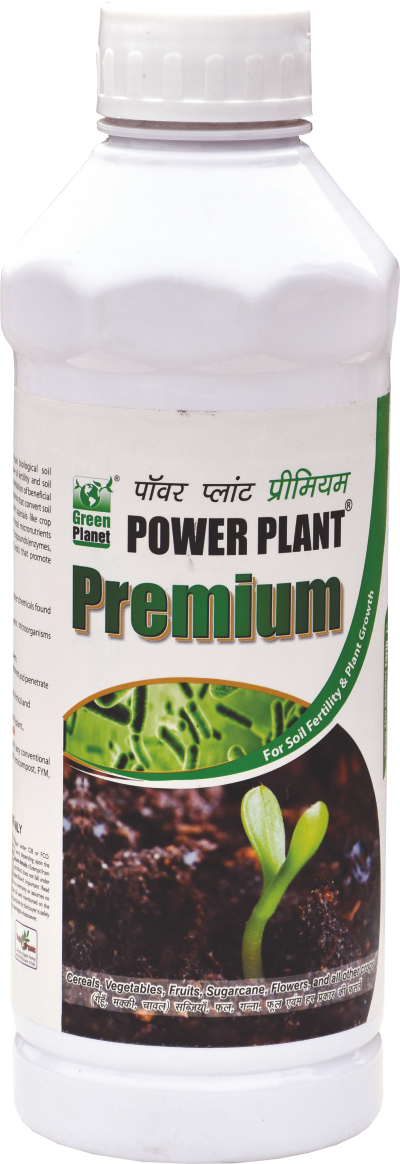
|
| Root Guard | 2 KG/ACRE |

|
How to Use It?
- By broadcasting over the field.
- Use in slurry.
- Mix with cow dung.
- Apply in dry soil.
Note: Repeat Bhoomi Power and Root Guard every 3 months.
CULTIVATION
Nursery Bed Preparation & Seedling Growth
- A 3 m long, 1.0 m wide, and 0.15 m high block is being prepared. If the nursery beds haven’t been treated yet.
- Plant the seeds 1 cm deep and 5 cm apart in rows. Cover the seeds with well-rotted manure and fine soil mixture and gently push them down.
- The wheat husk or clean dry grass can be used to cover the beds.
- After the seeds have germinated, remove the water husk or dry grass.
- Because of the cold temperatures in November and January, seed germination and plant growth in the nursery is slow.
- When the seedlings reach a height of 12-15 cm and have 3-to-4 leaves, they are suitable for transplantation in 4-5 weeks.
NUTRIENT DEFICIENCY
Nutrient Deficiencies and Treatments
1. Deficiency of Nitrogen
Symptoms include poor plant growth and pale green or yellow leaves due to insufficient chlorophyll production.
Treatment:
|
Use NITROKING 2-3 ml per litre of water |
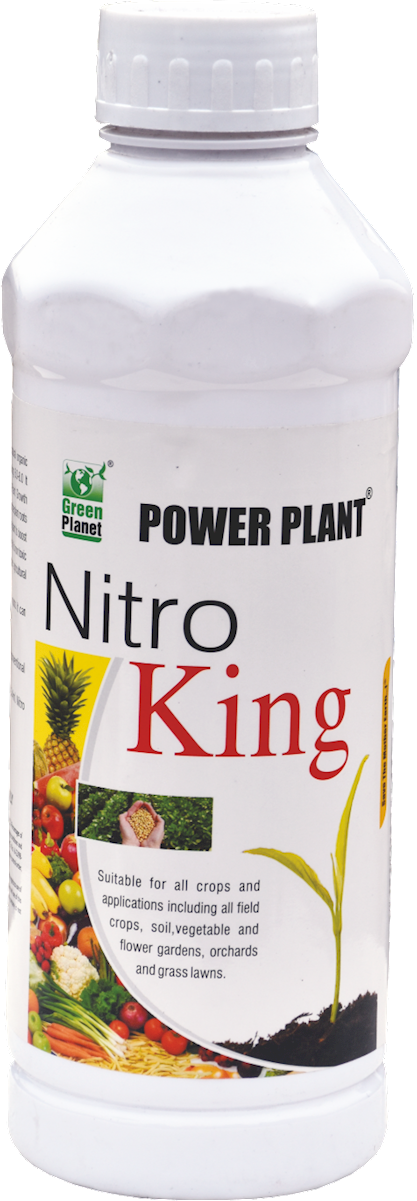
|
|
Use SPALL90 0.5 ml per litre of water |

|
2. Deficiency of Potassium
Symptoms include wilted or drooping plants, short internodes, and inhibited growth of younger leaves with small leaf blades.
Treatment:
|
Use NITROKING 2-3 ml per litre of water |

|
|
Use SPALL90 0.5 ml per litre of water |

|
3. Deficiency of Magnesium
The first signs appear on the older lower leaves as magnesium moves towards new growth.
Treatment:
|
Use NITROKING 2-3 ml per litre of water |

|
|
Use Grow 2 ml per litre of water |
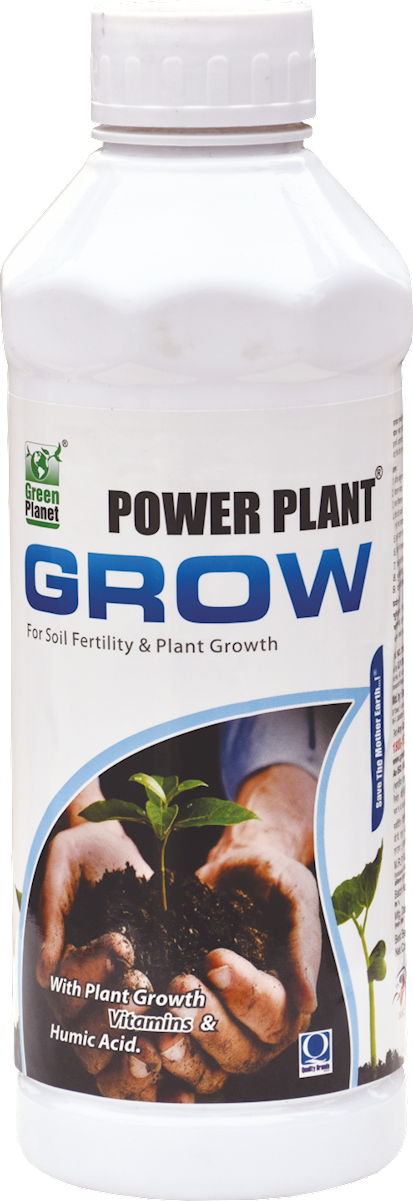
|
4. Deficiency of Boron
- Growing points die and leaves appear distorted.
- May cause hollow stem and internal browning in cauliflower, beets, and turnips.
Treatment:
|
Use BLOOM 2 ml per litre of water |
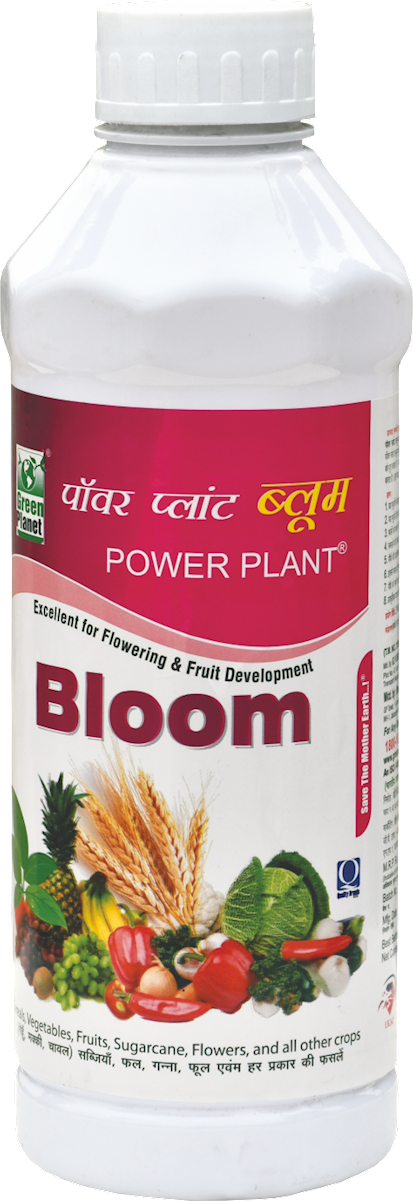
|
DISEASES


